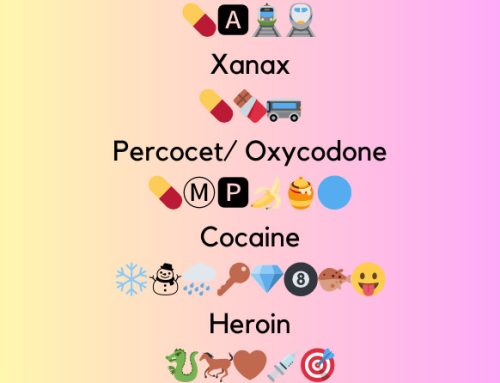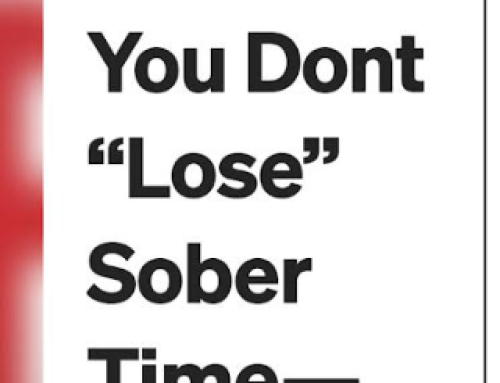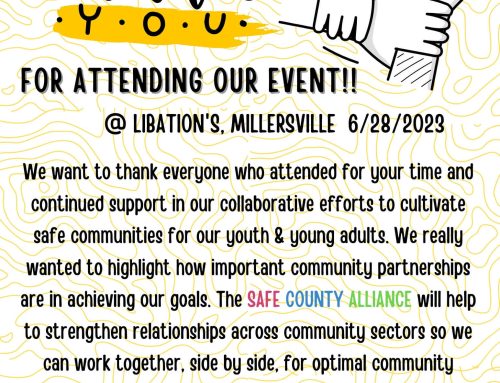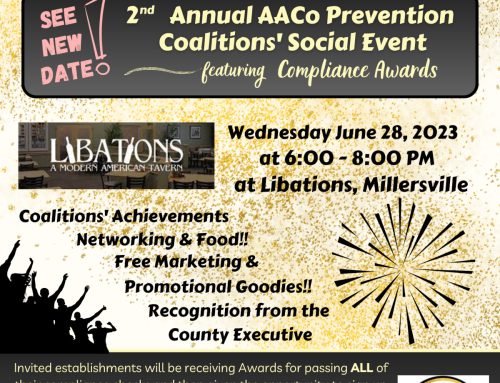
April is Sexual Assault Awareness month and teenagers are being victimized by sexual assault at a staggering rate. Rape, Abuse & Incest National Network (RAINN) displays the impact of sexual assault on youth ages 12-17.
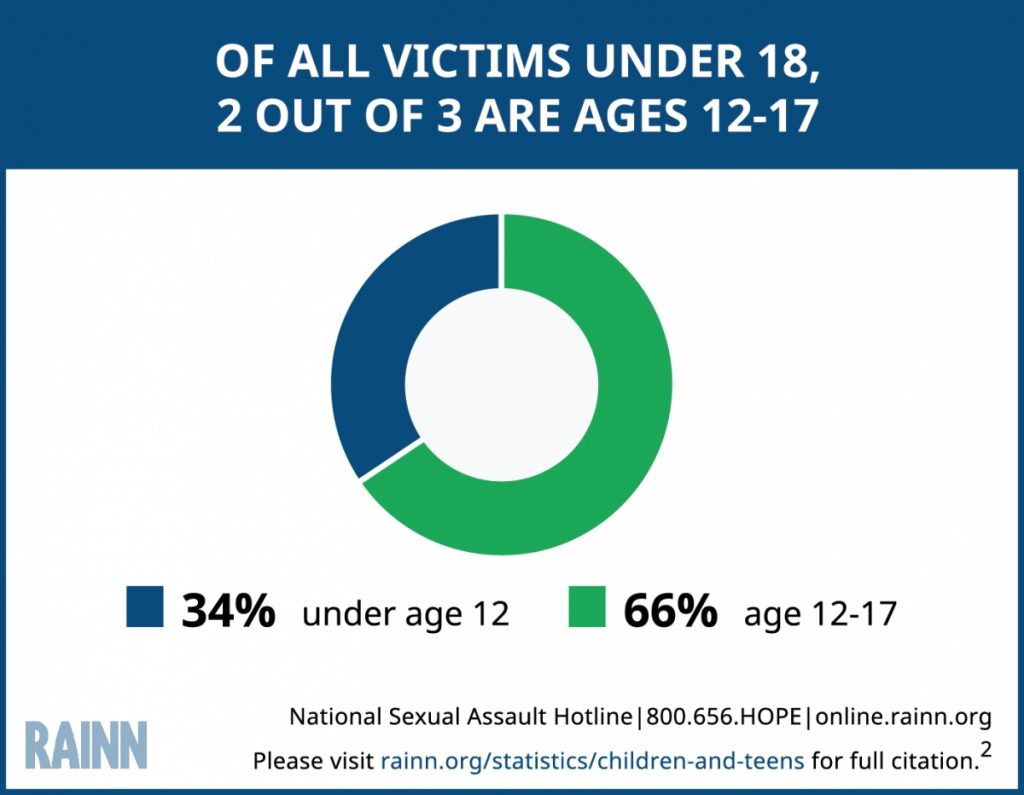
An important step in the prevention of sexual assault, specifically dating violence, is defining what a healthy relationship looks like. Teens experience thoughts and emotions that are brand new and maybe a little bit confusing. Often what is depicted on social media and embedded in stereotypes can give slanted views of dating and love. Encourage young people to identify positive aspects of an intimate relationship like respect, trust and direct communication.
To further widen a safety net, share education about how to help a friend in a potentially abusive situation by encouraging them to provide support, patience and resources. See some more specific ways here:
https://www.joinonelove.org/learn/help_a_friend/
RAINN identifies warning signs about teens that may have been sexually abused and teens that may be in an abusive relationship
Warning signs that a teen may have been sexually abused
-
Unusual weight gain or weight loss
-
Unhealthy eating patterns, like a loss of appetite or excessive eating
-
Signs of physical abuse, such as bruises
-
Sexually transmitted infections (STIs) or other genital infections
-
Signs of depression, such as persistent sadness, lack of energy, changes in sleep or appetite, withdrawing from normal activities, or feeling “down”
-
Anxiety or worry
-
Falling grades
-
Changes in self-care, such as paying less attention to hygiene, appearance, or fashion than they usually do
-
Expressing thoughts about suicide or suicide behavior
Warning signs that a teen may be in an abusive relationship
-
Tries to get them to engage in sexual activity that they aren’t ready for
-
Sexually assaults them or coerces them into unwanted sexual activity
-
Refuses to use contraception or protection against STIs during sexual activity
-
Hits them or physically harms them in any way
-
Doesn’t want them spending time with friends or family
-
Makes threats or controls their actions
-
Uses drugs or alcohol to create situations where their judgment is impaired or compromises their ability to say “yes” or “no”
It is critical to educate teens about the idea of consent. The term is often misunderstood and generalized as ‘no means no’. While that is true, demonstrating clear examples builds education and confidence around being able to differentiate.
RAINN pinpoints the importance of consent as well as defining what it IS and IS NOT.
What is consent?
Consent is an agreement between participants to engage in sexual activity. Consent should be clearly and freely communicated. A verbal and affirmative expression of consent can help both you and your partner to understand and respect each other’s boundaries.
Enthusiastic consent can look like this:
- Asking permission before you change the type or degree of sexual activity with phrases like “Is this OK?”
- Confirming that there is reciprocal interest before initiating any physical touch.
- Letting your partner know that you can stop at any time.
- Periodically checking in with your partner, such as asking “Is this still okay?”
- Providing positive feedback when you’re comfortable with an activity.
- Explicitly agreeing to certain activities, either by saying “yes” or another affirmative statement, like “I’m open to trying.”
- Using physical cues to let the other person know you’re comfortable taking things to the next level (see note below).
Consent does NOT look like this:
- Refusing to acknowledge “no”
- A partner who is disengaged, nonresponsive, or visibly upset
- Assuming that wearing certain clothes, flirting, or kissing is an invitation for anything more
- Someone being under the legal age of consent, as defined by the state
- Someone being incapacitated because of drugs or alcohol Pressuring someone into sexual activity by using fear or intimidation
- Assuming you have permission to engage in a sexual act because you’ve done it in the past
Read more at:
https://www.rainn.org/articles/what-is-consent
To learn more about the safety plans, conversations between parents and their teens, and much more information about sexual assault prevention, visit

